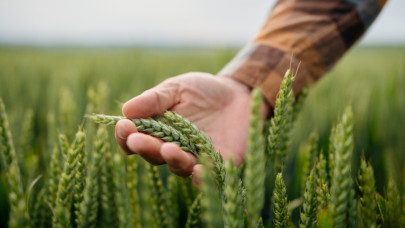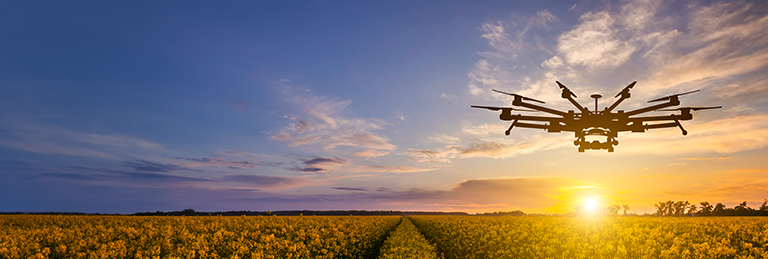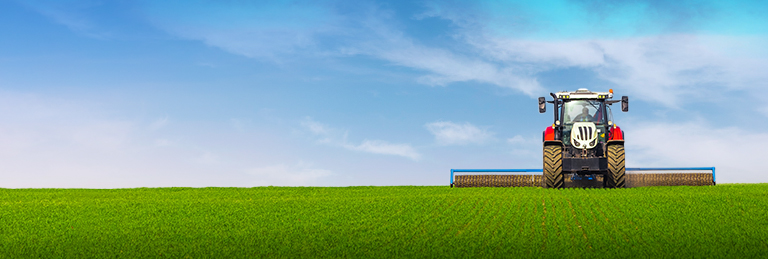A growing number of sensor-controlled, automated processes are now available in agriculture for improving competitiveness, for optimising entire production systems and for increasing work or crop quality. In addition to providing the basis for decision making by both human beings and machines, the so-called "Smart Farming" systems offer the potential for efficient, emission-reducing and resource-conserving agriculture. The farmer as a businessman, meanwhile, is provided with digital support – from data acquisition to information analysis to decision-making and execution.
Trends in using digital systems and IT continue to be clearly visible in agriculture, as well as in the upstream and downstream sectors. At Agritechnica 2019, more than 70 new and further developed processes and systems in the segments of "Digital Systems and IT" will be exhibited and offered for sale.
Examples of pioneering innovations include more precise yield measurement systems for arable farming, and for the first time satellite-supported grassland optimisation systems as well, will be on display. Using these systems, both the fertiliser status and expected yields can be predicted with increasing accuracy, and utilised as the basis for decisions for the entire value-added chain.
Other interesting new and further developments can be found in the area of Farm Management Information Systems (FMIS). With newly structured data platforms, sensors and information can be linked to each other across manufacturers, and instructions and documentation can be created automatically.
Other developments of interest can also be seen, from intelligent, non-invasive soil sensors to automated weather stations with a multi-sensory approach, and crop protection recommendations to remote detection via satellite.
The range of innovations for making machine operators' lives easier begins with the use of holographic elements in the cab to provide augmented reality and goes all the way up to freely configurable multi-terminal systems. Automatic overloading systems to monitor trailer filling, and artificial intelligence and radar-supported warning systems for people in the area around agricultural machines also serve to reduce the strain on drivers and are intended to decrease the frequency of accidents.
Any type of technical advancement always involves extra costs. Compared to conventional process technology, additional costs of 15 to 40 percent can be expected for digital and automated systems. With optional extras, an increase of more than 100 percent is even possible. So that these investments pay off in the long term, either performance must be increased and/or the required working time per unit of production – with consistent quality – decreased. Otherwise, digitisation is no more than an expensive hobby!
In general, the use of automation reduces the time required for production-related activities by up to 30 per cent. The savings in farm inputs also lie in a clearly measurable range. At the same time, the physical load also drops. Less physically straining and monotonous activities need to be carried out. However, the physical strain and the time required for farm management increases, and more monitoring must be carried out. Because of this, digitisation should not be viewed as a general solution for escaping the great amount of work required on many farms.
Another major challenge is the networking of individual systems in the field and their integration in operational and business-related decision-making processes. Many different sensors and entire robot systems from various manufacturers are (still) not completely compatible with each other.
If the production-related measures in arable and forage farming, work management and accounting are included in the digitised system, this can be referred to as a Farm Management Information System (FMIS) for supporting farm management and business development. Possible developments suitable for use in practice become apparent with the data platforms already mentioned. However, the questions of simple handling, added value, data sovereignty and data security have still not been completely answered.
Automation and digitisation are increasingly on the advance in all agricultural production processes. Before investing in new technologies, all farmers should think about how digitisation, electronics and improved farm management systems can support them in their daily work, increase their working productivity, reduce their workload and improve their added value. If these questions can be answered satisfactorily, then the trend to digitisation can be viewed as a positive one.








